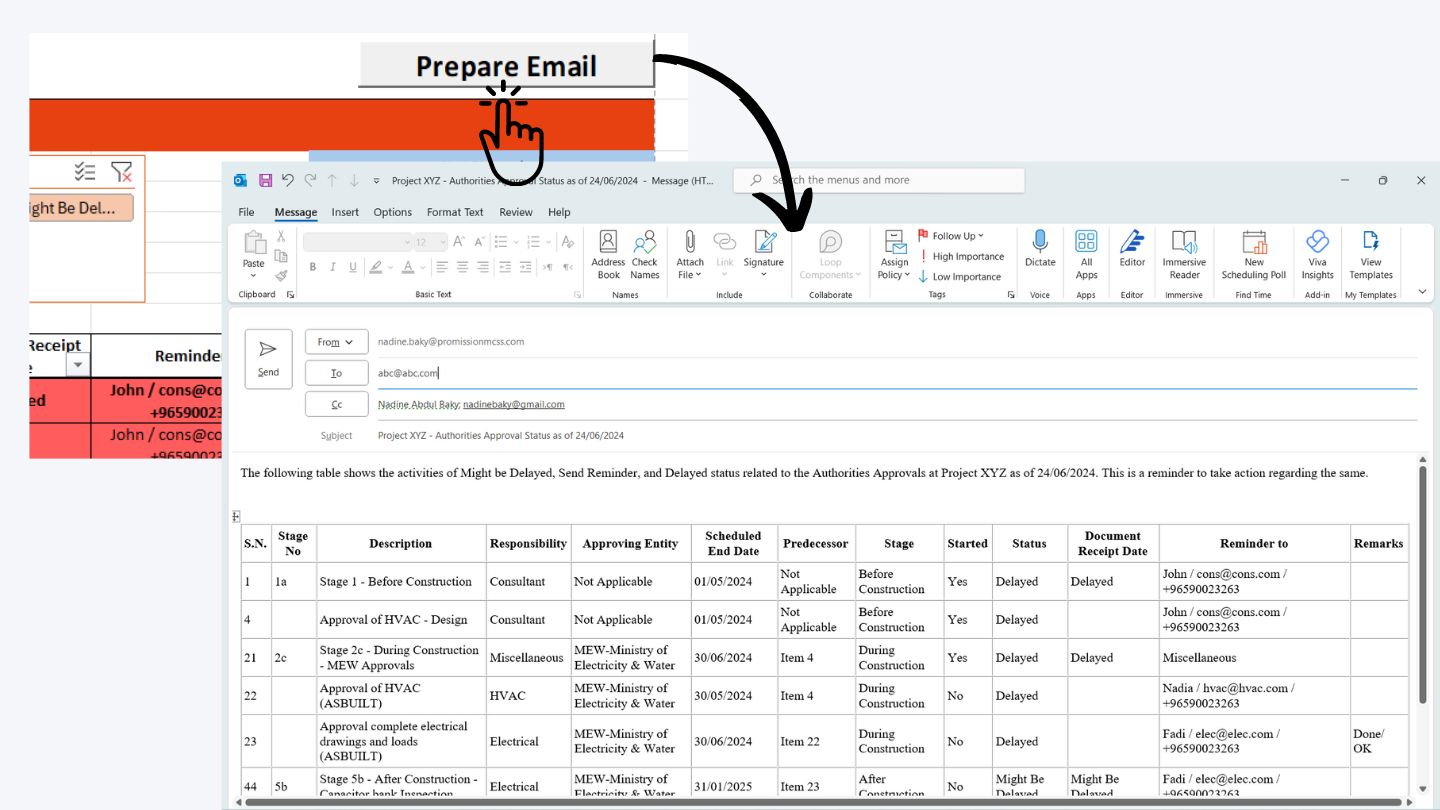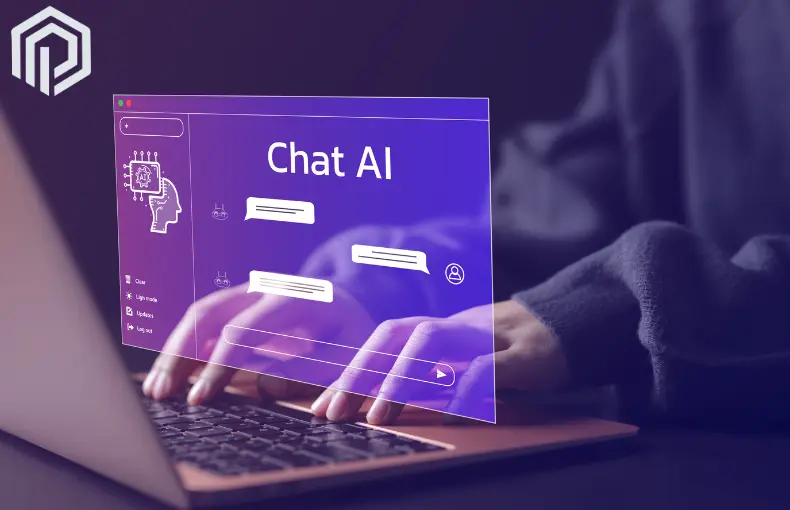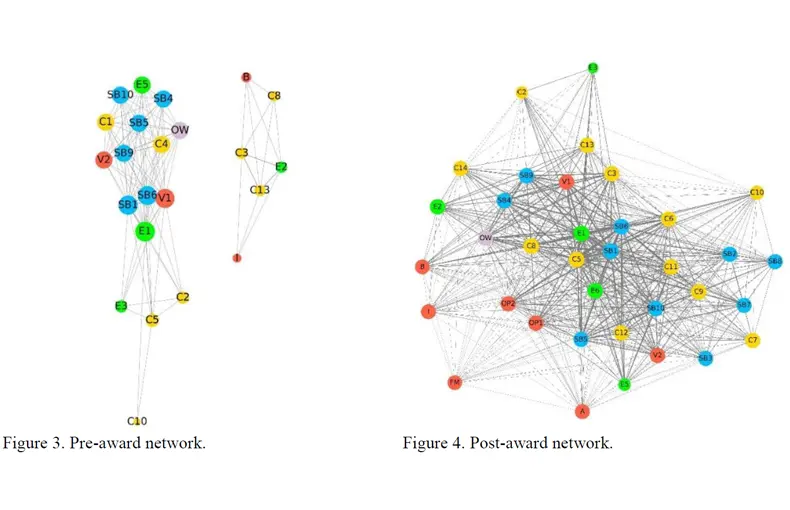AI in Construction
Power Tool or Crutch?
A Civil Engineer's View on Why AI in Construction Needs a Human Partner, Not a Replacement, where AI acts as a powerful tool to empower construction professionals, not replace them.
As a civil engineer with 23 years of experience and having my own management consulting business, I have witnessed firsthand the incredible pace of technological change. One recent development that caught my eye was the recent outage of ChatGPT yesterday on 04/06/2024. It surprised me not just because of the disruption, but how quickly people became accustomed to this powerful AI tool.
From a technical perspective, large language models like ChatGPT are marvels of engineering. Trained on massive datasets of text and code, they can generate human-quality writing, translate languages, and answer your questions in an informative way. In the construction industry, for instance, we could use AI potentially to analyze vast amounts of project data to identify potential risks or optimize scheduling.
However, the recent outage is a stark reminder that AI is still a tool, and a powerful one that needs to be used responsibly. Here's why we shouldn't become overly reliant on AI:
- Bias and Misinformation
AI models are only as good as the data they are trained on. Biases in that data can lead to biased outputs. In construction, for example, an AI trained on historical building data might favor readily available or historically popular materials, even if there are now more sustainable or cost-effective options.
- Overdependence
Just like any powerful tool, overdependence on AI can lead to a decline in critical thinking skills. As engineers, we need to be able to analyze information, identify problems, and develop creative solutions. AI should augment this process, not replace it.
- Black Box Problem
The inner workings of complex AI models can be opaque, making it difficult to understand how they arrive at their answers. In critical fields like construction, where safety is paramount, a lack of transparency can be a major concern.
The Way Forward as I see it: A Human-AI Partnership
The key takeaway from the recent ChatGPT outage is this: AI is a powerful tool that can revolutionize many industries, including construction. But it is crucial to remember that AI is here to assist us, not replace us.
As civil engineers with our experience and expertise, we are uniquely positioned to leverage AI's capabilities while mitigating its risks. Here's how we can achieve a successful human-AI partnership:
- Focus on AI for what it does best
Use AI for repetitive tasks like data analysis and report generation, freeing us to focus on creative problem-solving and complex decision-making.
- Critically evaluate AI outputs
Do not blindly accept AI recommendations. Apply our engineering judgment and understanding of the project context to validate AI suggestions. Do not forget that ChatGPT has this sentence at the bottom of every chat: “ChatGPT can make mistakes. Check important info.”
- Advocate for transparency in AI development
Push for the development of more transparent AI models, allowing us to better understand how they arrive at their conclusions.
By approaching AI with a critical eye and a focus on collaboration, we can ensure that this powerful technology strengthens, not weakens, the engineering profession. The recent ChatGPT outage may have caused a temporary disruption, but it serves as a valuable reminder: AI is a tool, and a very powerful one at that. Let us use it wisely.






